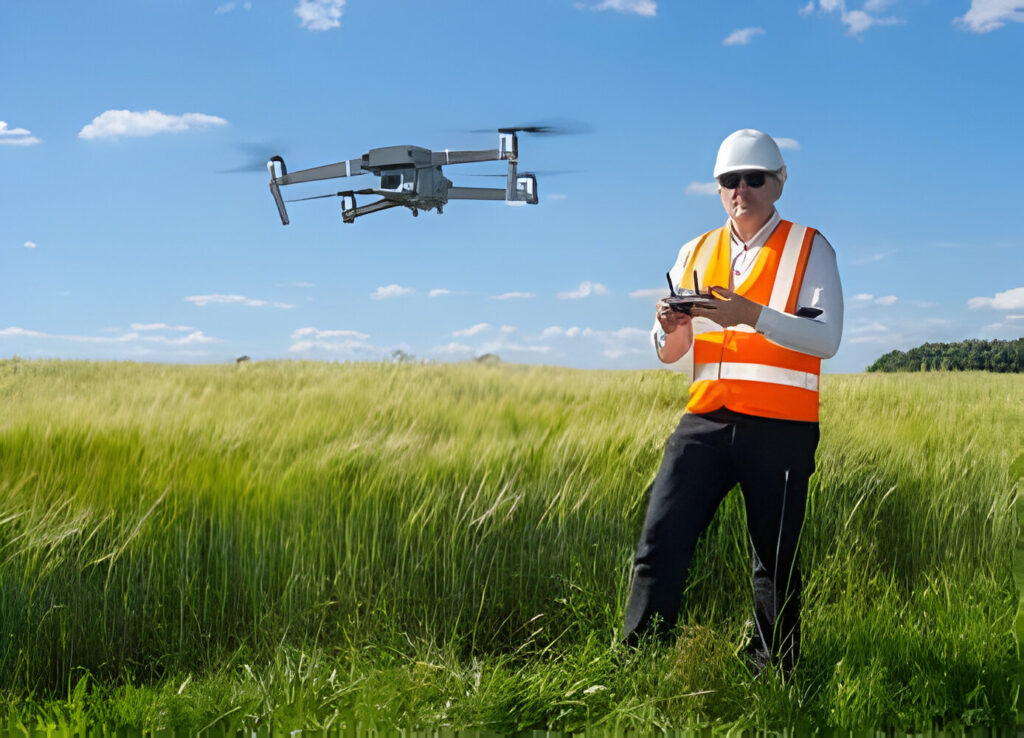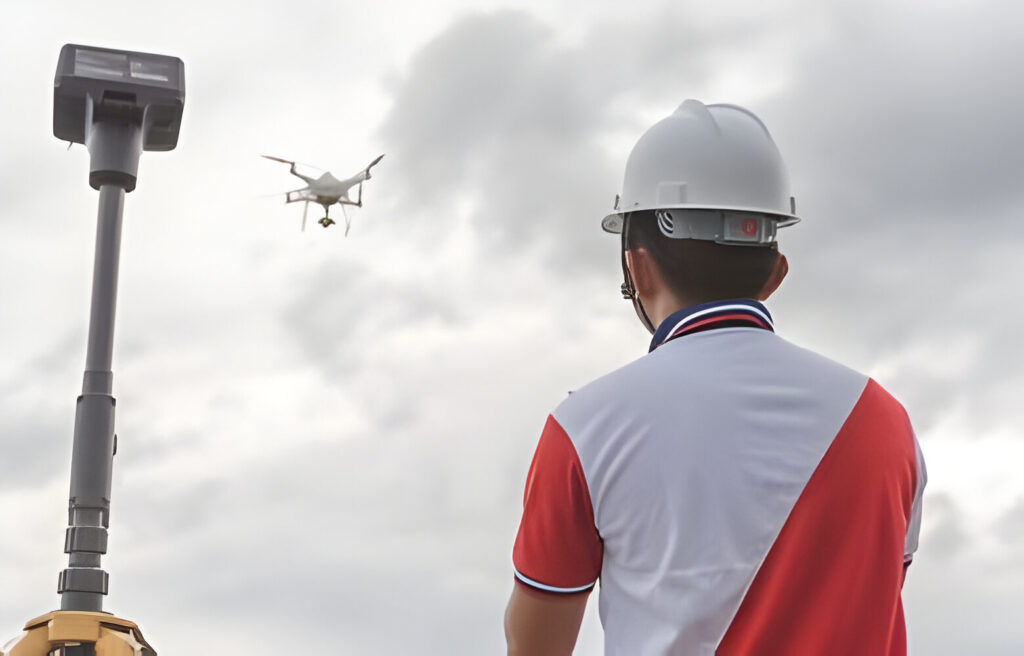Land surveying has undergone a remarkable transformation in recent years, thanks to the integration of drones. These aerial marvels offer unparalleled efficiency, accuracy, and versatility, revolutionizing traditional surveying methods. This comprehensive guide delves into the top 10 drones designed explicitly best drone for land surveying in 2024, equipping you with the knowledge to enhance your surveying endeavors.
Understanding the Importance of Land Surveying

Before we dive into the specifics of drone technology, it’s crucial to understand the significance of land surveying in various industries. From construction and agriculture to urban planning and environmental conservation, precise land surveying forms the foundation for informed decision-making and efficient project execution.
Importance in Construction Projects
Land surveying is pivotal in construction projects, facilitating site analysis, design planning, and layout. Accurate land surveying ensures optimal utilization of land resources and adherence to regulatory requirements, mitigating potential disputes and delays.
Agricultural Applications
Land surveying enables farmers to optimize crop management strategies, assess soil health, and monitor crop growth in agriculture. Drones with advanced imaging technology provide farmers with invaluable insights, enhancing productivity and sustainability.
Factors to Consider When Choosing the Best Drone for Land Surveying
Selecting a suitable drone for land surveying requires careful consideration of various factors, ensuring compatibility with specific project requirements and environmental conditions.
Precision and Accuracy
Precision and Accuracy: The drone’s ability to capture high-resolution imagery and generate precise maps is critical for land surveying applications. Look for drones equipped with RTK (Real-Time Kinematics) or PPK (Post-Processing Kinematics) technology for sub-centimeter accuracy.
Flight Time and Battery Life
Flight Time and Battery Life: Longer flight times and extended battery life are essential for covering large areas efficiently. To maximize productivity, opt for drones with advanced battery technology and efficient power management systems.
Payload Capacity
Payload Capacity: Consider the drone’s payload capacity, including its weight and compatibility with specialized surveying equipment such as LiDAR sensors and multispectral cameras.
Durability and Weather Resistance
Durability and Weather Resistance: Drones operating in outdoor environments must withstand various weather conditions, including wind, rain, and temperature extremes. Choose drones with rugged construction and weatherproofing features for reliable performance in challenging situations.
The Top 10 Drones for Land Surveying in 2024
Now, let’s explore the leading drones that have set the benchmark for land surveying excellence in 2024. From industry giants to innovative startups, these drones offer cutting-edge features and capabilities tailored to the needs of modern surveyors.
- DJI Phantom 4 RTK
- SenseFly eBee X
- Trimble UX5
- Parrot Anafi USA
- Yuneec H520 RTK
- WingtraOne PPK
- Delair UX11
- Quantum Systems Trinity F90+
- Kespry Drone 2s
- Intel Falcon 8+ RTK
Each drone excels in specific areas, whether aerial mapping, 3D modeling, or precision agriculture, catering to diverse surveying needs with unparalleled performance and reliability.
Frequently Asked Questions (FAQs)
What is the best drone for land surveying in terms of accuracy?
The DJI Phantom 4 RTK stands out as one of the most accurate drones for land surveying thanks to its integrated RTK technology, which delivers centimeter-level positioning accuracy.
How can drones improve efficiency in land surveying projects?
Drones significantly improve efficiency in land surveying projects by reducing manual labor, accelerating data collection, and providing real-time insights for informed decision-making.
Are drones suitable for surveying large-scale agricultural fields?
Yes, drones equipped with multispectral cameras and advanced imaging capabilities are highly suitable for surveying large-scale agricultural fields, enabling farmers to monitor crop health, detect anomalies, and optimize resource allocation.
Can drones be used for topographic mapping and 3D modeling?
Drones are widely used for topographic mapping and 3D modeling applications, offering cost-effective and efficient solutions for generating detailed terrain models and visualizing spatial data.
How do weather conditions affect drone operations during land surveying?
Adverse weather conditions such as high winds, rain, and low visibility can impact drone operations during land surveying, necessitating careful planning and risk assessment to ensure safety and data integrity.
What are some critical considerations for drone maintenance and upkeep?
Regular maintenance and upkeep are essential for prolonging the lifespan and ensuring the optimal performance of drones used in land surveying. This includes routine inspections, software updates, battery management, and storage precautions.
Conclusion
In conclusion, the best drone for land surveying is not a one-size-fits-all solution but depends on specific project requirements, budget constraints, and environmental factors. By considering factors such as precision, flight time, payload capacity, and durability, surveyors can select the ideal drone to elevate their surveying capabilities and unlock new opportunities for innovation and efficiency.


